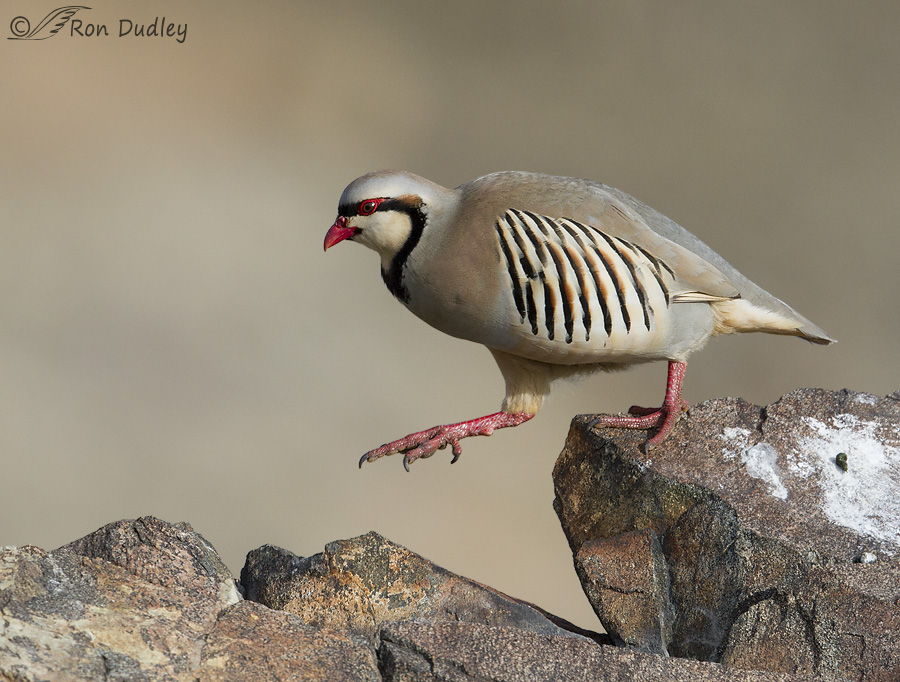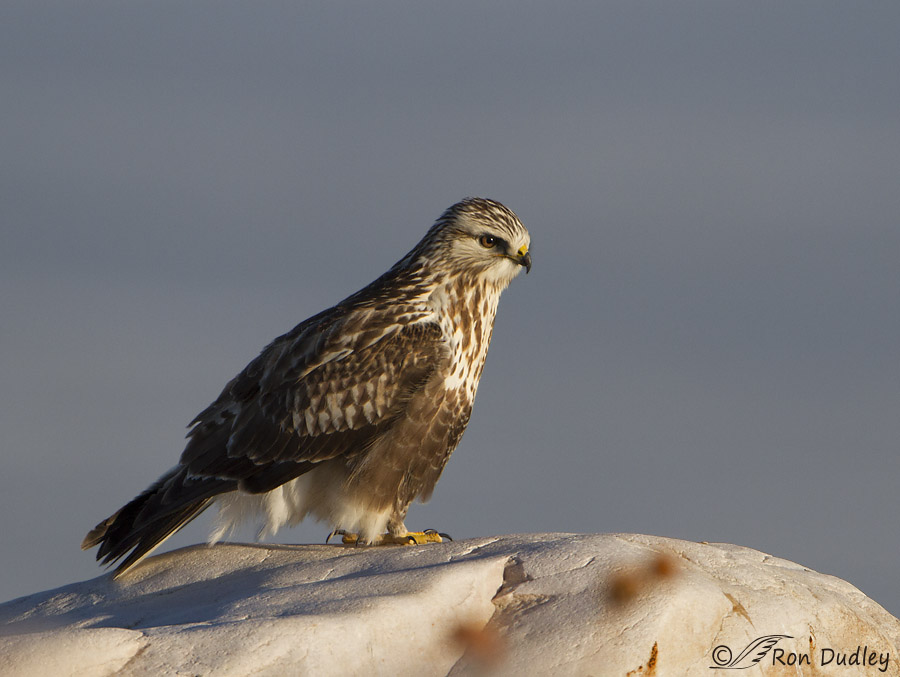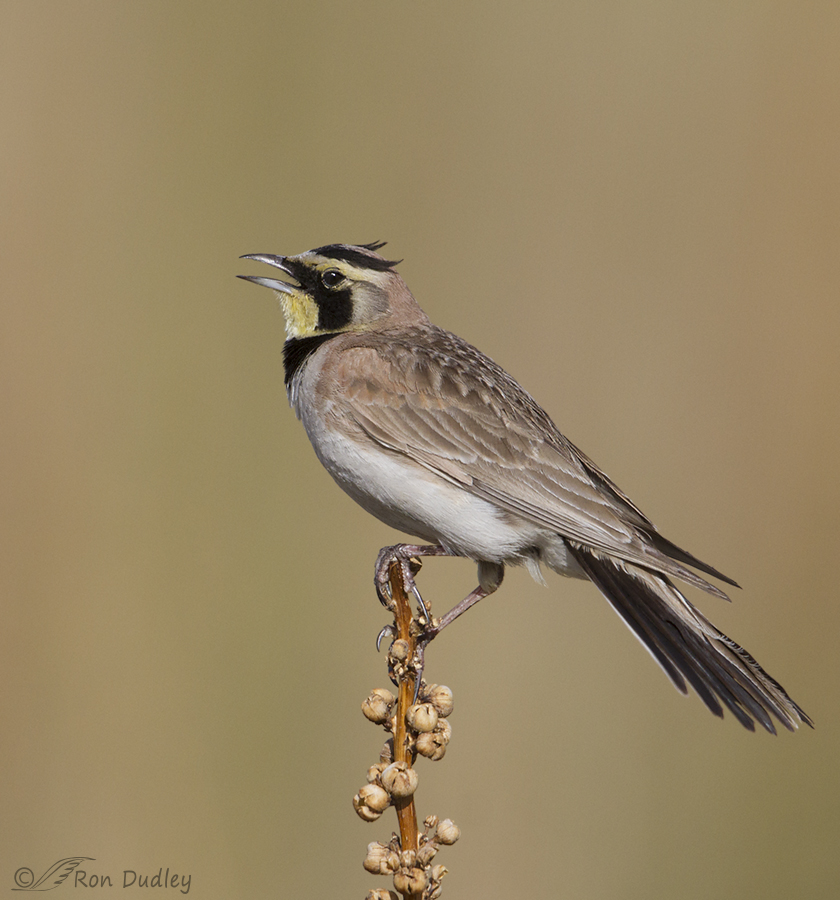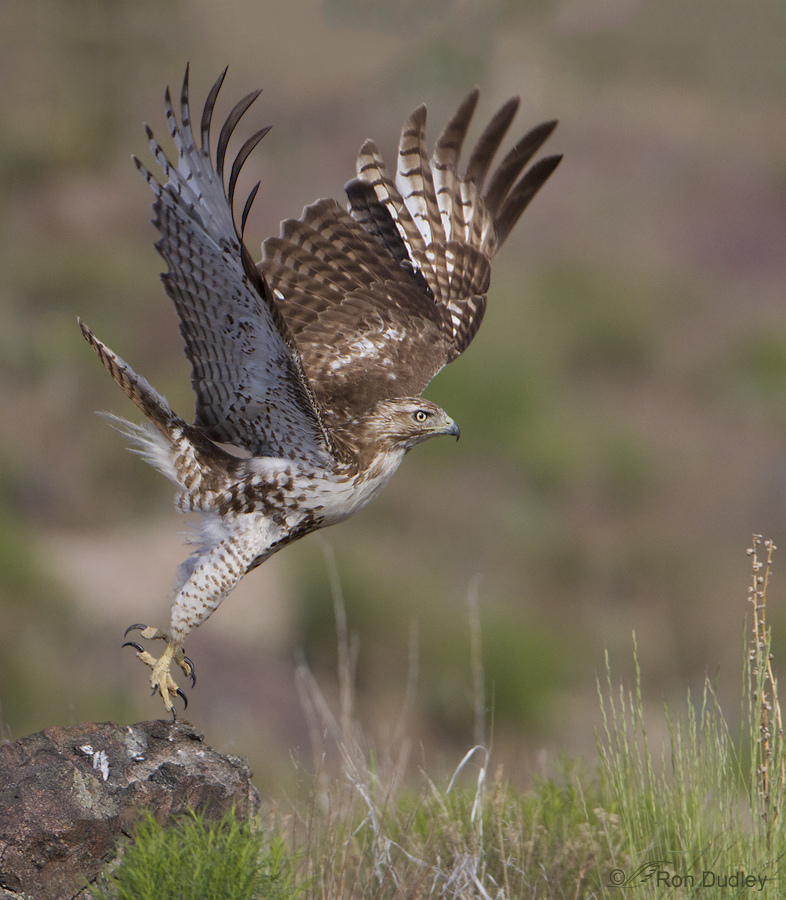Tag: tintic quartzite
Rough-legged Hawk Overlooking The Great Salt Lake
Horned Larks On Perches Other Than Rocks
Light Red-tailed Hawk
Willet Take-off
Yesterday morning I found this Willet perched on one of the Tintic Quartzite boulders so common on the northern part of Antelope Island. The Willets are still active on the higher slopes of the island but it won’t be long until they’re spending most of their time along the shoreline and causeway.
Antelope Island – A Meadowlark Mecca
Antelope Island is still teeming with Western Meadowlarks and will be for the rest of the summer. Most are uncooperative but there are exceptions.
Red-tailed Take Off From Farmington Canyon Complex Rocks
I’ve said before how much I prefer the very dark Farmington Canyon Complex rocks on Antelope Island as perches, over the bright white Tintic Quartzite rocks found on the northern part of the island. This juvenile Red-tailed Hawk made my morning last month when it chose just such a rock to hunt from. I always enjoy it when I can get multiple shots of some interesting behavior or action in sequence. To me it’s almost like a very slow motion video and though it may include a few images that aren’t perfect individually I think that collectively the photos gain value as a group for what they illustrate – the whole can be greater than its parts. 1/2500, f/7.1, ISO 400, 500 f/4, 1.4 tc, shot from pickup window, natural light, not baited, set up or called in Photographing take-offs is always a challenge. The bird may just sit there for a half hour or longer but when it happens it’s quick and easy to miss. 1/2500, f/7.1, ISO 400, 500 f/4, 1.4 tc, shot from pickup window, natural light, not baited, set up or called in You also need to be concerned about what direction it will go and if you’re too close (it’s easy to clip wings if you are) or too far away (which shows less detail). Those with zoom lenses have an advantage over me because they can quickly adjust their focal length to whatever they want within their zoom range, while the only option I have is to attach or detach my teleconverter, which is cumbersome and takes time. …
Anticipating The Return Of Rough-legged Hawks
Rough-legged Hawks are a true arctic species, spending about 7 months of the year on their breeding grounds in the arctic or sub-arctic tundra or taiga of Alaska or Canada. Then they migrate south and winter in most of the lower 48 states, with the exception of the SE region and parts of California and Arizona. I love it when they’re here as I find them to be exceedingly handsome birds and I really enjoy photographing them. And yes, I’m already looking forward to their return. Every time I’m in their favorite haunts I can’t help looking for them on some of their preferred perches, even this time of year. So, feeling a little nostalgic for them on a Saturday night, I thought I’d do a post on the species. 1/2000, f/6.3, ISO 500, 500 f/4, 1.4 tc, natural light, not baited, set up or called in Normally I’m not terribly fond of the Tintic Quartzite rocks on Antelope Island as perches because they’re so bright that they tend to blow out the whites but as you can see by the shadows the sun was still very low when this shot was taken so I got pretty good detail on most of the perch. And besides, I like the rounded, weathered look of this particular boulder. I do wish the out of focus sunflower heads in the foreground weren’t there but for me they’re not an image killer. 1/2000, f/7.1, ISO 500, 500 f/4, 1.4 tc, natural light, not baited, set up or called in This is one of…
Red-tailed Hawk Double Serendipity
One of the frustrations with photographing birds on Antelope Island is the perches. There aren’t many trees on the island so many of the birds perch on the rocks. The rocks on the north end of the island are primarily Tintic Quartzite which is almost white in color, so getting the exposure right when a darker bird is perched on them is problematic. And even when you do get the overall exposure right, those white perches just don’t have a lot of visual appeal for me. The rocks on the southern 2/3 of the island are of a geologic formation called the Farmington Canyon Complex. They’re some of the oldest rocks on earth (2.7 billion years) and they’re significantly darker in color so they make much more aesthetically appealing perches for bird photography. The problem is that most of these rocks are relatively far from the road so I have very few images of birds perched on them. Almost every day we’re on the island (usually several times per week) Mia or I will comment about our frustrations in getting quality shots of birds on these dark and dramatic looking rocks. Last week our luck changed. Not only did we get a bird on those rocks – it was a raptor (yes, I’m a raptor freak), it was in good light and it let us get close for a good long while. And as you’ll see, it even approached us! 1/3200, f/6.3, ISO 400, 500 f/4, 1.4 tc Mia spotted this juvenile Red-tailed Hawk first (she usually does. After all I have to drive…) but…
Rough-legged Hawks Return To Utah
For the last couple of years I’ve had very little luck locating Rough-legged Hawks (roughies) here in northern Utah, which frustrates me because I think they’re among the most handsome and photogenic of all the raptors and I love to photograph them. These birds breed in the high arctic so they aren’t here at all during the summer. Most of them winter in the “lower 48” but they are highly nomadic and their numbers in a particular area fluctuate according to the availability of their rodent prey. This year I’m greatly encouraged because in the last ten days or so I’ve seen many of these striking hawks. 1/1600, f/7.1, ISO 500, 500 f/4, 1.4 tc This one was atop a perch that is photographically challenging – a Tintic Quartzite boulder on the north end of Antelope Island. These rocks often blow out the whites on the sun side, especially if the bird on them is dark. I’ve deleted many a shot of a raven on one of these boulders. 1/3200, f/5.6, ISO 800, f/4, 1.4 tc This morning I had a wonderful (though sometimes frustrating) time with the roughies on the island. The highlight of the morning came when I was trying to sneak up on a kestrel perched in a rabbit brush. As I did so I noticed a gull flying right toward the kestrel but I quickly ignored it and concentrated on the kestrel. Then, at the last second, something in my mind said “hey, that was no gull” just as the bird swooped low…
Critters Among the Sunflowers of Antelope Island
Antelope Island is ablaze with color this fall, provided by the common sunflower Helianthus annus. The sunflower display is really quite spectacular this year – the most prolific I’ve ever seen it. I suspect it’s because of the very wet spring we’ve had. The sunflowers can provide a very pleasing setting for wildlife photography, whether the flowers are in focus along with your subject or out of focus to show off some pleasing and unusual color in the background bokeh. Canon 40D @ 72mm, 1/800, f/6.3, ISO 320, EV +0.33 It’s unusual for me to get so close to a pronghorn that I don’t have to use a telephoto lens but these bucks are in rut right now and they’re so intent on herding their harem of females that they’re not nearly so wary of people and vehicles. So I quickly pulled out my old 40D and shot this handsome fella at only 72mm while he was right next to my pickup and staring intently at his ladies close by. This allowed me to keep many of the sunflowers relatively sharp and gave a different “feel” to the image than I usually get with my big glass. Canon 7D, 1/2500, f/5.6, ISO 640, EV + 0.33, 500 f/4, 1.4 tc In contrast to the previous image, this Vesper Sparrow was shot with my 500mm and 1.4 teleconverter (1120mm with the crop factor of the 7D) at f/5.6 which gave me very little depth of field – just enough to get the sparrow sharp but the sunflowers in the background…
Long-billed Curlews and “Bugs” of Antelope Island
Two days ago we were just about to go home after several photographically unproductive hours on Antelope Island because of a lack of cooperative subjects combined with a “cloud from hell” that hung over the island and ruined our light all morning when I spotted two Long-billed Curlews far below us. The area was accessible to our vehicle so we decided to investigate. Both Mia and I are very glad we did! Canon 7D, 1/3200, f/7.1, ISO 500, 500 f/4, 1.4 tc One of the two birds was this adult, perched attentively on this almost white Tintic Quartzite boulder. The curlew was very tolerant of us and let us get close and even allowed me to maneuver my pickup for a variety of backgrounds. Canon 7D, 1/2500, f/7.1, ISO 400, 500 f/4, 1.4 tc This adult was very relaxed in our presence and eventually settled into grooming and preening as it’s doing here. Canon 7D, 1/2500, f/7.1, ISO 400, 500 f/4, 1.4 tc It turns out that the second bird I had spotted from up above was this juvenile in the tall grasses and the adult had obviously chosen a relatively high perch in order to keep an eye on the youngster (a behavior we’ve seen multiple times in adults with chicks or young juveniles). Canon 7D, 1/1600, f/7.1, ISO 400, 500 f/4, 1.4 tc We spent quite some time with these two birds – the parent on the boulder and the juvenile foraging in the grasses. Occasionally the adult would fly off for a few…
Chukar with Black Mustard
I know, my title sounds like a recipe title or an entree from a fancy restaurant. Couldn’t resist… I’ve been photographing Chukars on Antelope Island for several years now and I’m often pleasantly surprised by the lovely backgrounds the island provides. Since these birds like to perch on the boulders that are common on the island they are often separated from their backgrounds by enough distance to provide a pleasing out of focus backdrop of earth tones from the dried grasses. Canon 7D, 1/1250, f/6.3, ISO 640, 500 f/4 But until recently the background has never included attractive flowers that I recall. What a treat it was to find this bird immediately after we got on the island just as the sun was peeking over the mountains to the east which made for some some nice warm light and for the bird to choose a perch with such a pleasant background. In this case the flowers are Black Mustard (named for the seed color – not the color of the flower, obviously – thanks for the flower ID Mia!). I liked the calling pose in this full frame shot. Canon 7D, 1/1000, f/7.1, ISO 640, 500 f/4 And to make things even better this bird cooperated for quite a while – providing a variety of head turns and poses to take advantage of the light and the setting. Chukars like to perch on, and call from, boulders. That can be a problem because most of the rocks on the north end of the island where these…
Antelope Island
Of the eight major islands in the Great Salt Lake, Antelope Island is the largest at 15 miles long and 4.5 miles wide. Frary Peak reaches an elevation of 6596 feet. The island has an intriguing history, interesting geology and free roaming herds of bison, bighorn sheep, mule deer and pronghorn, in addition to a variety of smaller mammal species and plentiful birds. It is one of my very favorite photography locations – especially for birds. In this blog post I will present an overview of the island and some of its wildlife. My next post will deal specifically with bird photography on the island. The north end of Antelope Island at sunrise as seen from the causeway access road There is a 7 mile long causeway road that provides the only access to the island, which is actually a peninsula when the Great Salt Lake water levels are low. It’s common to see a variety of wildlife along this causeway including coyotes sprinting at the first sight of an early morning vehicle, American Kestrels, Northern Harriers, Burrowing Owls, Common Ravens and a variety of waterfowl and shorebirds where the water comes closer to the causeway. Approaching the north end of Antelope Island As you get closer to the island the water comes right up to the causeway’s edge and typically there’s hordes of waterfowl and shorebirds very close to the road. In the photo above, several shoreline levels of ancient Lake Bonneville can be seen where wave action eroded “benches” in the sides of the…





